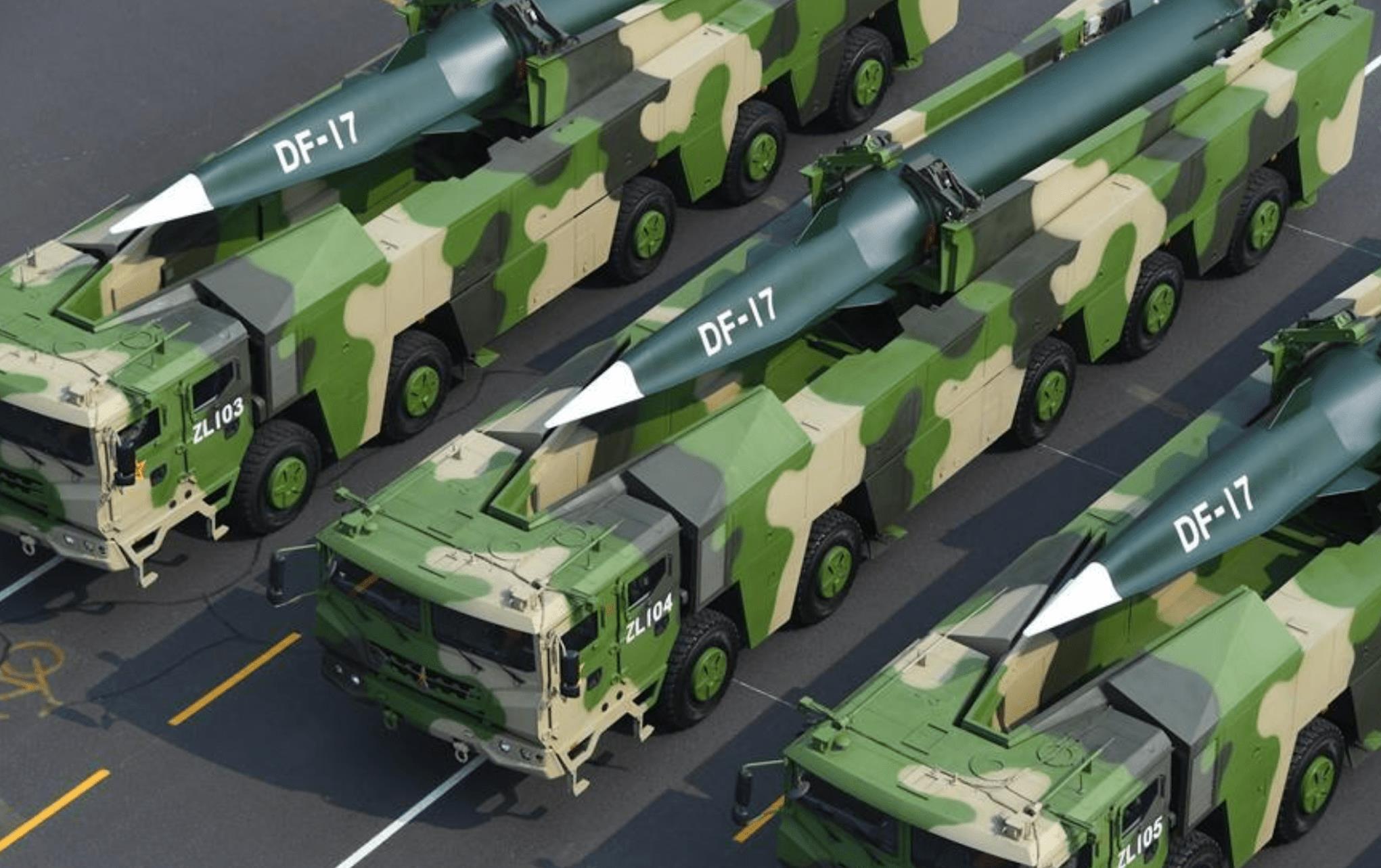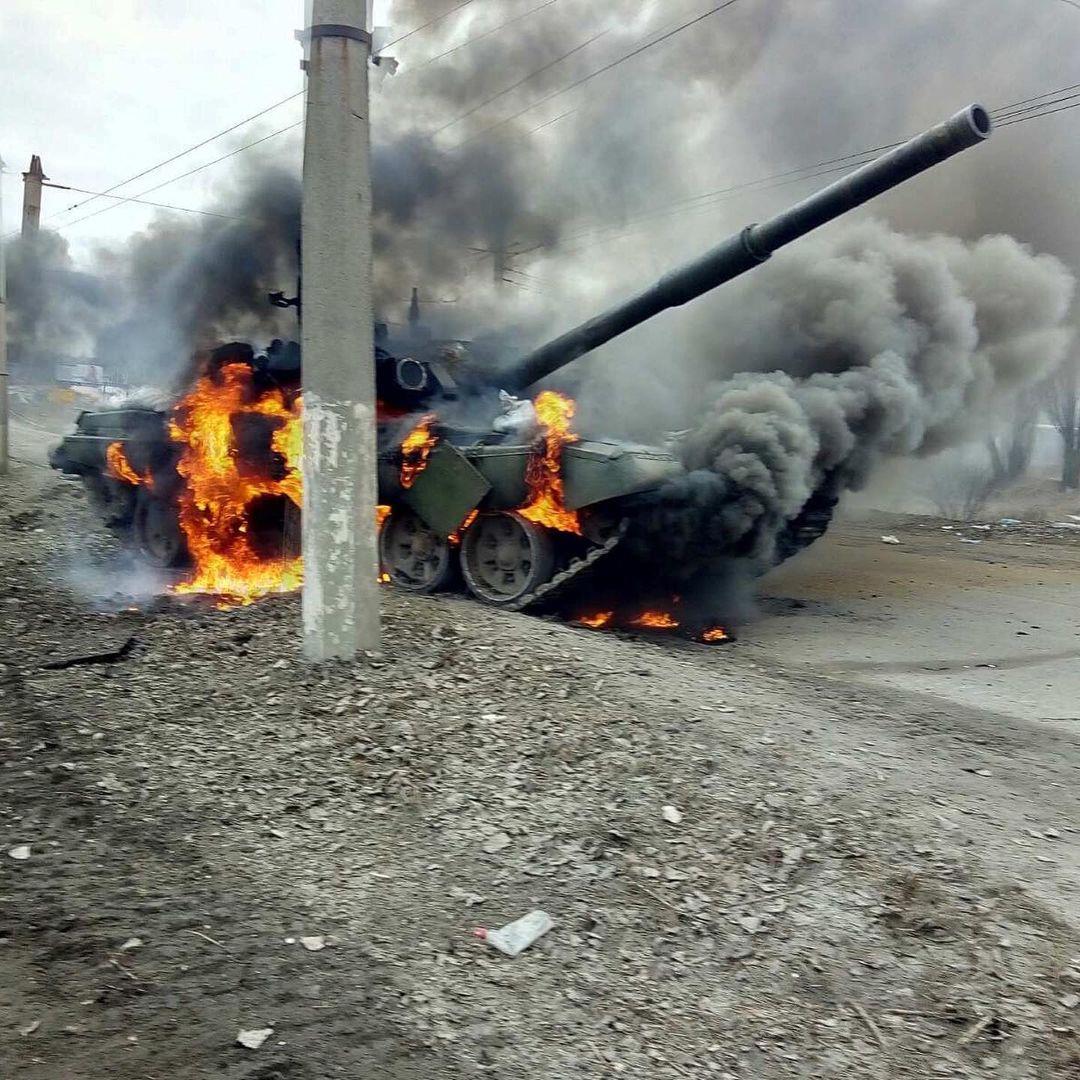(MENAFN- Asia Times)
The flawed Russian invasion of Ukraine is offering significant food for thought to China's People's Liberation Army, which has based much of its doctrine, tactics and equipment on Moscow's forces, reckons military expert Alex Neill.
Those lessons encompass cyber warfare, airborne forces' vulnerabilities and the importance of old-fashioned infantry, he told Asia Times' Northeast Asia Editor Andrew Salmon.
Meanwhile, Taiwan defense chiefs may be refocusing from fighter jets and underwater capabilities to small-ticket items and militia forces, Neill believes.
Neill knows what he is talking about.
He worked for both the British and US governments, focusing on Asia Pacific security. He was head of the Asia Security Program at London's Royal United Services Institute, or RUSI, before moving to Singapore when he was the Shangri-La Dialogue Senior Partner for Asia-Pacific security at the International Institute for Strategic Studies (IISS) in Singapore.
Since 2020, he has been directing his own strategic advisory, Alexander Neill Consulting.
Below, in the first of a two-part interview, Neill focuses on military matters. The second part, to run in Asia Times on Wednesday, will cover politics and personalities.

Singapore-based India-Pacific security expert Alex Neill is a close watcher of the PLA. Photo: Courtesy Alex Neill
The world is transfixed by Ukraine. Are there parallels for China-Taiwan?
I think there have been some rather lazy comparisons being made between the invasion of Ukraine and the potential invasion of Taiwan.
The key issue is the unexpected – for the Russians – level of resistance by the Ukrainian army and its ability to stall the advance by Russian columns on Ukrainian cities, not least Kiev. This idea that the Ukrainians would roll over and lay down their arms has not happened.
The opposite has happened. According to some sources, the“special military operation” was meant to have been concluded by March 9, but the Russians are still struggling.
The key question – or something that I think Beijing will take into consideration – is:“Were China to mount an invasion of Taiwan, what level of fighting would the PLA expect from the defenders of the island?”
Ukraine and Taiwan are vastly different geographies.
Ukraine is a continental war, but in Taiwan, China has a 150-kilometer body of water to cross. China would have to mount an amphibious invasion, and China publicizes its own amphibious exercises, so they may be looking at that coastal campaign in the south.
The PLA will be looking with alarm at the failure of the heliborne operation. (A Russian heliborne dawn strike on February 24, aimed at seizing Antonov Airport in Hostomel, on the outskirts of Kiev and close to the city's ring road, is believed to have been designed to swiftly airdrop major Russian elements into the capital's vicinity.
But staunch Ukrainian resistance, which scattered the airborne troops and killed their commanding general, is believed to have doomed Russia's failure to end the war via coup de main.)
China's heliborne capability is much under development. There is a lot of attention paid to Chinese aircraft carriers, but they have also been building a lot of amphibious assault carriers, and any assault on Taiwan would use these flattops for heliborne operations.
Any amphibious assault would include marine, heliborne and paratroop landings. They would need command of the skies to prevent a large number of troops being shot out of the sky.
I'd guess a heliborne assault would pathfind for airborne troops to fly in – the PLA have new transport aircraft – in the wake of a very heavy missile bombardment of the island. China in the last two decades has built up a large missile arsenal with precision-strike capabilities.
The received wisdom is that China would conduct asymmetric, pressure-point warfare: cyber, electronics, perhaps direct-descent space weapons to take out command and control nets – all options China could wield. In Ukraine, the use of space assets and space surveillance seems not to have worked very well.

A formation of Dongfeng-17 missiles in a military parade during celebrations marking the 70th anniversary of the founding of the People's Republic of China at Tian'anmen Square in Beijing. The Ukraine war may be fixing PLA leaders' eyes on more basic capabilities, like mobile infantry. Photo: Xinhua /Mao Siqian
Russia's vaunted cyber warriors don't look that effective. Are deniable Western assets spoofing their systems or aiding Ukraine?
I suspect there is a covert cyberwar going on, which brings into relief the question of what constitutes an act of war in cyberspace. They could be using disruption and disinformation, and herding communications onto nodes that can be exploited for intel.
Ukraine's electricity and mobile communications have been pretty resilient – they can access mobile communications and the internet. You'd think they would take down those abilities.
The Ukrainian Defense Ministry has been releasing excerpts of communications by the Russian military which are unencrypted and I think in the fog of war the Russians did revert to civilian communications nets. I think Russian military communications are failing, and if Ukraine's military are targeting their comms, that may be hampering the Russians as well.
There are examples of senior Russian officers being killed, suggesting headquarters and command posts are being targeted by Ukraine. CPs bristle with all kinds of communications equipment.
Is there any evidence underpinning rumors of these kinds of deniable operations?
I think Western powers would be treading very carefully. We are seeing NATO surveillance assets mounting patrols in NATO air space on the periphery of Ukraine and Russia. You can go onto Twitter feeds and see aviation experts who have tracked the path of these intel-gathering aircraft.
They will be conducting electronic surveillance and getting an idea of the movements of Russian military. Through their own channels, they could be assisting Ukraine's military and government.
How similar are the Russian and Chinese militaries?
The Russian Army is the showpiece military for China. The PLA have done large-scale exercises on Russian territory in recent years and the PLA affinity for the Russian military is a lot closer than anywhere else. A lot of senior officers are Russian speakers – many were seconded.
If you look at the exercises between Russia and China in the steppes of central Asia, the tactics and doctrines were almost identical. Russia is a battle-hardened army – Chechnya, Georgia, Syria. China is looking at that to understand the experiences of battle-hardened officers.
The PLA may have had some deference to these officers but may be watching this with increasing alarm as Russia gets bogged down.
Russia has a very large army, but a large proportion of it is conscript and so the fighting force is a smaller component of the overall army. China had the goal of modernizing its military, which was announced at the turn of the millennium by [then-President] Jiang Zemin. They have mapped out the steps.
The PLA was a mass peasant army, and the shock and awe of the Gulf Wars really shocked the Chinese. That is what goaded the military reform program which is still underway.
The rank and file have been reformed. There used to be a saying in Chinese:“Soldiering is no good.” Until relatively recently, it was not a prestigious occupation, but that is changing. NCOs are better paid, with better pensions, the officer corps has direct recruitment from graduate programs and being a PLA officer is quite coveted.
What speed bumps have they hit?
The big challenge is to reduce the size of the mass army. And some PLA units, though fully professional, are not looking as modern as commanders would like them to. There are a lot of set piece exercises and training with relatively little equipment. There is competition within the PLA to get the lions' share of the budget.
The strategic rocket force has been soaking up large amounts of budget. Where does that leave the infantry, for example?
You have talked about high tech. What about the low tech?
The Ukraine war looks much more akin to the wars of the last century. Having competent, light infantry or mechanized infantry capability is something they will really have to focus on.
And China will be looking quite carefully at how the Russian population deals with the body bags. In China, with the one-child policy, losing one's son in a war that could have been avoided would be hugely sensitive.

A Russian tank burns after a Ukrainian attack. The use of man-portable missiles, wielded by decentralized infantry and militia units, is proving a massive challenge for the road-bound Russian armored invasion force. Photo: Government of Ukraine
What is Taiwan saying about this?
In a similar vein to the botched evacuation of Kabul, the whole strategic question of the reliability of allies has come up again and is fueling President Tsai Ing-wen's self-reliance narrative, and the development of indigenous capabilities to defend itself.
Though Taiwan may be reassured to some degree at the unity within NATO and the EU on pushing back against Russia.
From a Taiwanese defense point of view, the failures of the Russian invasion will be making people think. Take the relatively low-tech capabilities – the NLAWS and Javelins and Stingers – that have packed a big punch.
This may be making Taiwan reconsider how they configure their deterrence. The PLA has a lot of Russian kit. Its armor is Russian knock-offs built under license.
Taiwan has focused on big-ticket items like better F16s and anti-submarine capabilities, and more recently, submarines. But now I think that the training of an island-wide militia force is being hotly discussed.
MENAFN15032022000159011032ID1103849114